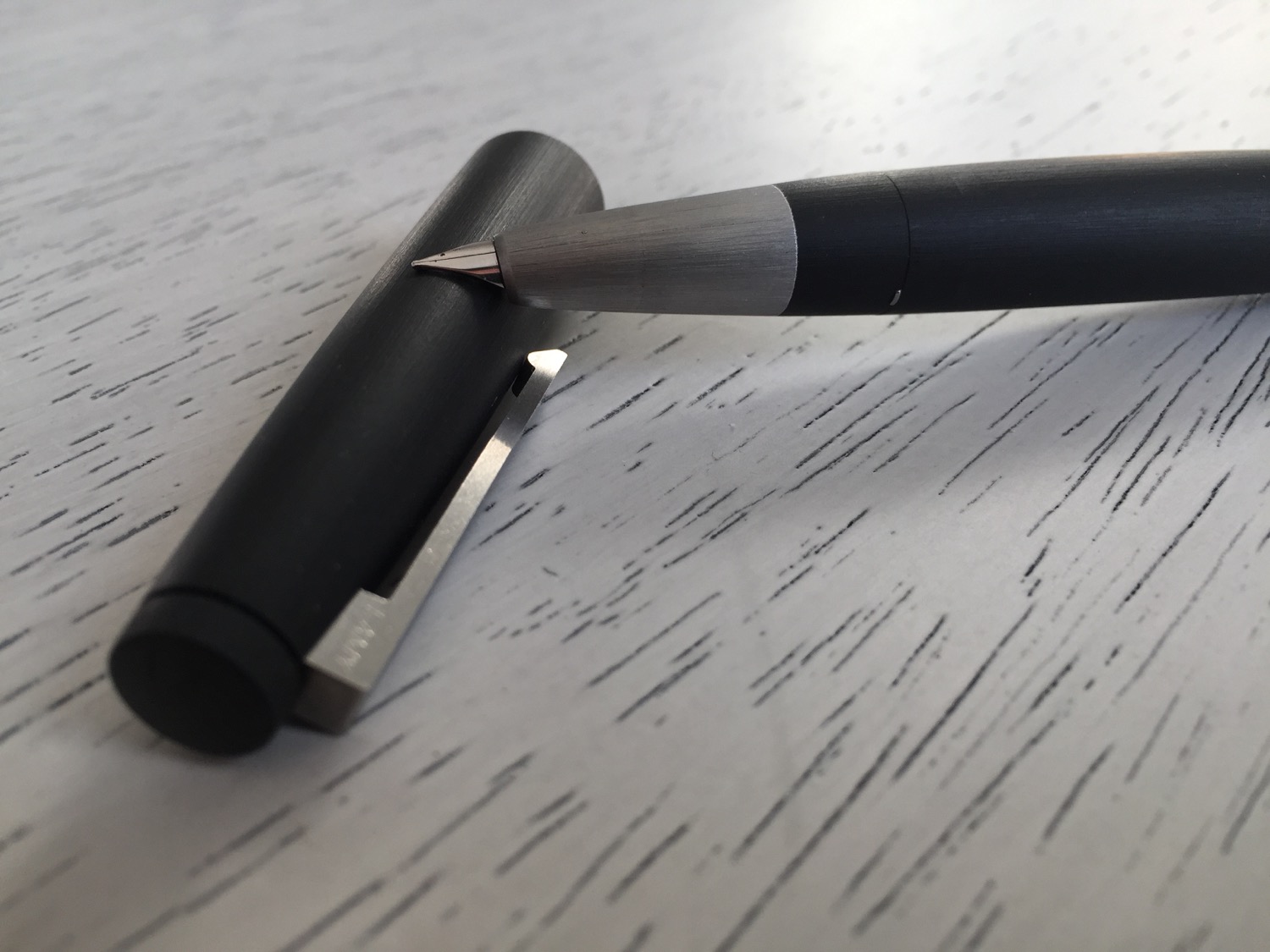Platinum Preppy Fountain Pen Review
Let's face it, fountain pens can be incredibly intimidating to our Bic-loving friends. Sure, we know in our hearts that it's totally reasonable to drop $150 for a Lamy 2000 and that filling a fountain pen with bottled ink is actually pretty easy. To outsiders we may sound crazy, and that's why we should celebrate products that make fountain pens accessible and affordable to those who may never have considered them. The Platinum Preppy is one of the most affordable refillable fountain pens on the market. The Preppy can be had at the price of a fancy cup of coffee and comes in a wide range of colors.
The Platinum Preppy is made from sturdy plastic and has a thin steel nib. Unlike some cheap pens, the Preppy's plastic doesn't creak under pressure. The grip section screws off, like a traditional fountain pen, to expose the ink chamber. The Preppy comes with one ink cartridge and replacement cartridges are available; however, they are oddly expensive. If you want to save a few dollars, it's pretty easy to refill the Preppy's included ink cartridge, once it's empty. The barrel of the pen is completely sealed, so it's a great candidate for conversion to an eyedropper filler. I'm not fiddly enough to want to do this, but it seems straightforward.
The cap of the Platinum Preppy has a snap fit mechanism that emits a satisfying click when the pen is capped. There's also a spring-loaded cap insert that sits against the base of the nib and covers it completely. I can only assume that this serves to keep the nib from drying out or leaking ink into the cap. It seems a bit unnecessary, but Platinum has been working with pens far longer than I have, so I'll assume that they know what they're doing.
The steel nib of the Platinum Preppy is coated with the same color as the pen's included ink and body flourishes. It does feel slightly thinner than the nibs on more expensive pens, but it is incredibly stiff. Those looking for a silky smooth writing experience may be disappointed, since the nib feels scratchier than most of the starter fountain pens, such as the Metropolitan, Safari, or Kakuno. The nib tends to skip every now and then and is on the dry side, but overall the Platinum Preppy's nib performs very reliably. The consistent nib is complemented by the solid construction of the pen, which results in a very pleasing writing experience for a $5 pen. The Preppy's grip does become slippery during longer writing sessions, but this is common for pens with plastic grips.
The Platinum Preppy certainly can't compete with pricier pens, but it is an excellent pen for those looking to try a fountain pen for the first time. It's cheap enough to use without fear of bending the nib and is easily replaceable. The solid performance is a true credit to Platinums's design and manufacturing capabilities. Given the pen's performance for the price, the Platinum Preppy would be a wonderful gift for the fountain pen beginner in your life and falls just below the Pilot Kakuno, which I consider to be the best fountain pen for beginners.
Like this post? Subscribe to our rss feed or follow us on Twitter and receive new post updates automatically.





































